Outsourcing Analysis: Advantages, Disadvantages, and Decision
VerifiedAdded on 2022/08/24
|5
|1111
|18
Report
AI Summary
This report delves into the practice of outsourcing, defining it as the strategic hiring of external parties to perform services or produce goods previously handled internally. It highlights outsourcing's role in cost-cutting and its significant impact across various business functions. The report references Peter Drucker's perspective, illustrating how companies like Google can benefit by outsourcing non-core functions such as cafeteria services. The advantages of outsourcing discussed include improved risk management, increased efficiency, and cost reduction, particularly in the digital age. The report also acknowledges the risks associated with outsourcing, such as loss of control, potential long-term costs, and challenges related to exit strategies. It then presents a scenario where a company must choose between outsourcing to a Canadian or an Indian firm, ultimately advocating for the Indian company based on cost and geographical advantages, which can lead to both cost savings and access to skilled labor. The report concludes by emphasizing the strategic importance of outsourcing in today's business environment.
1 out of 5
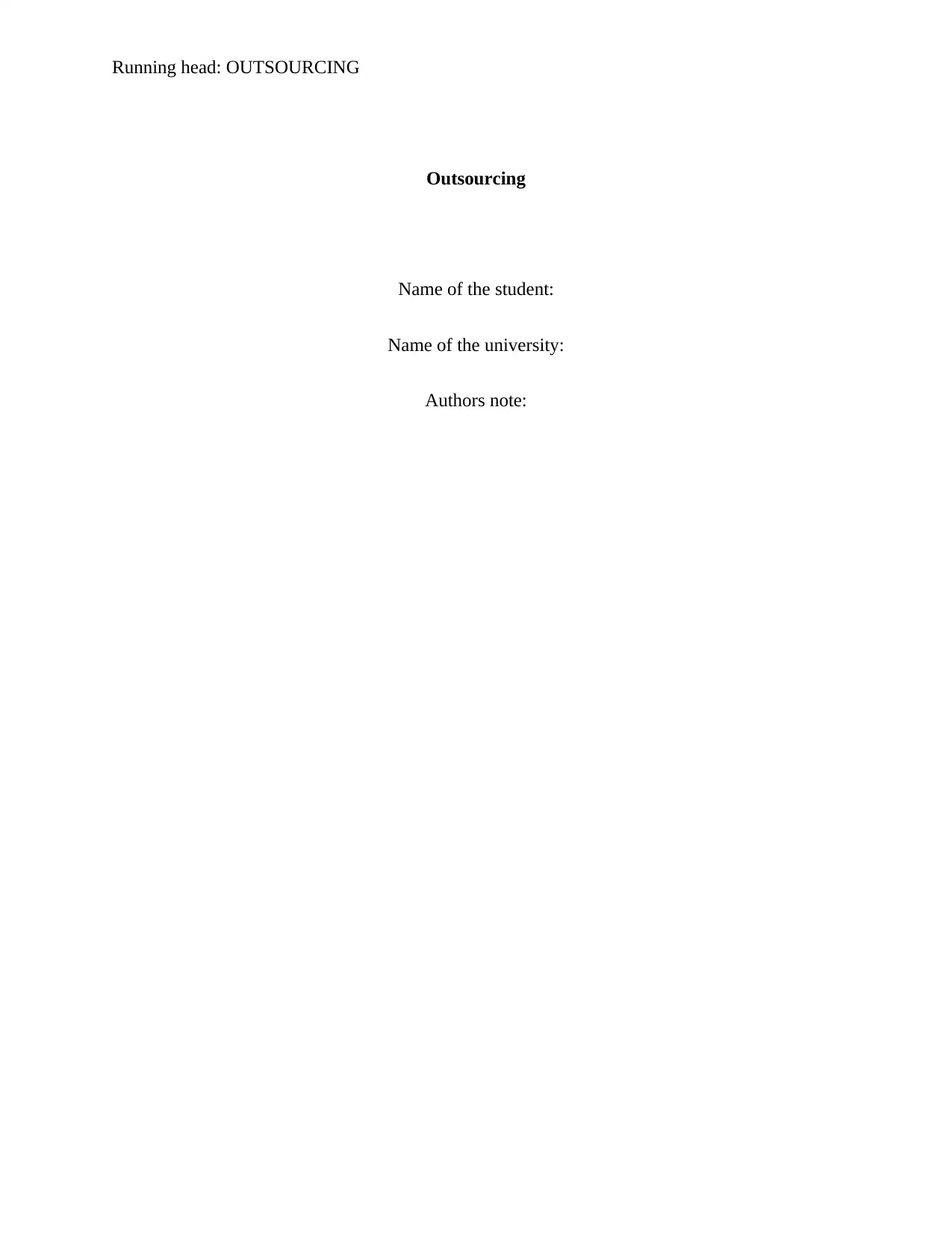
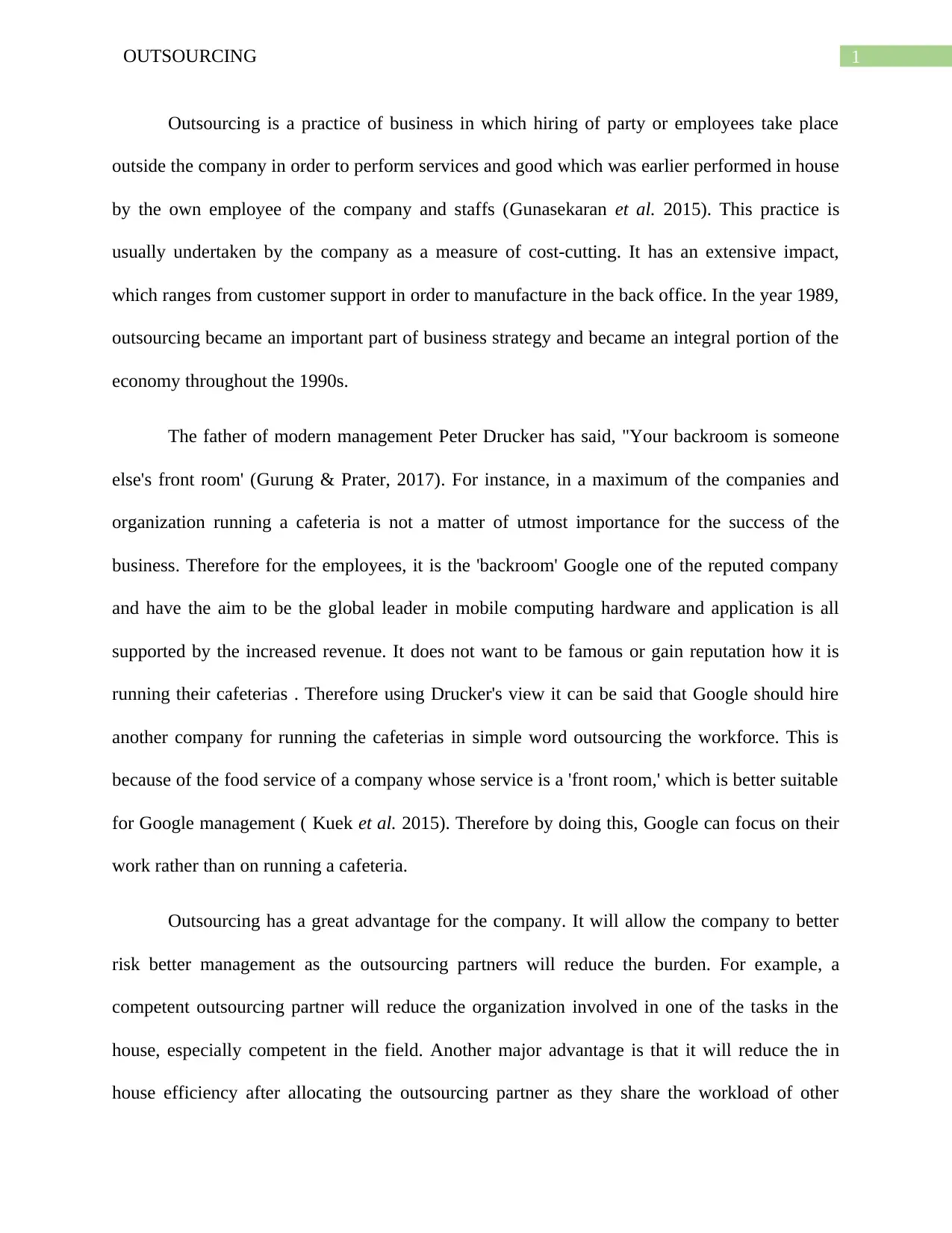
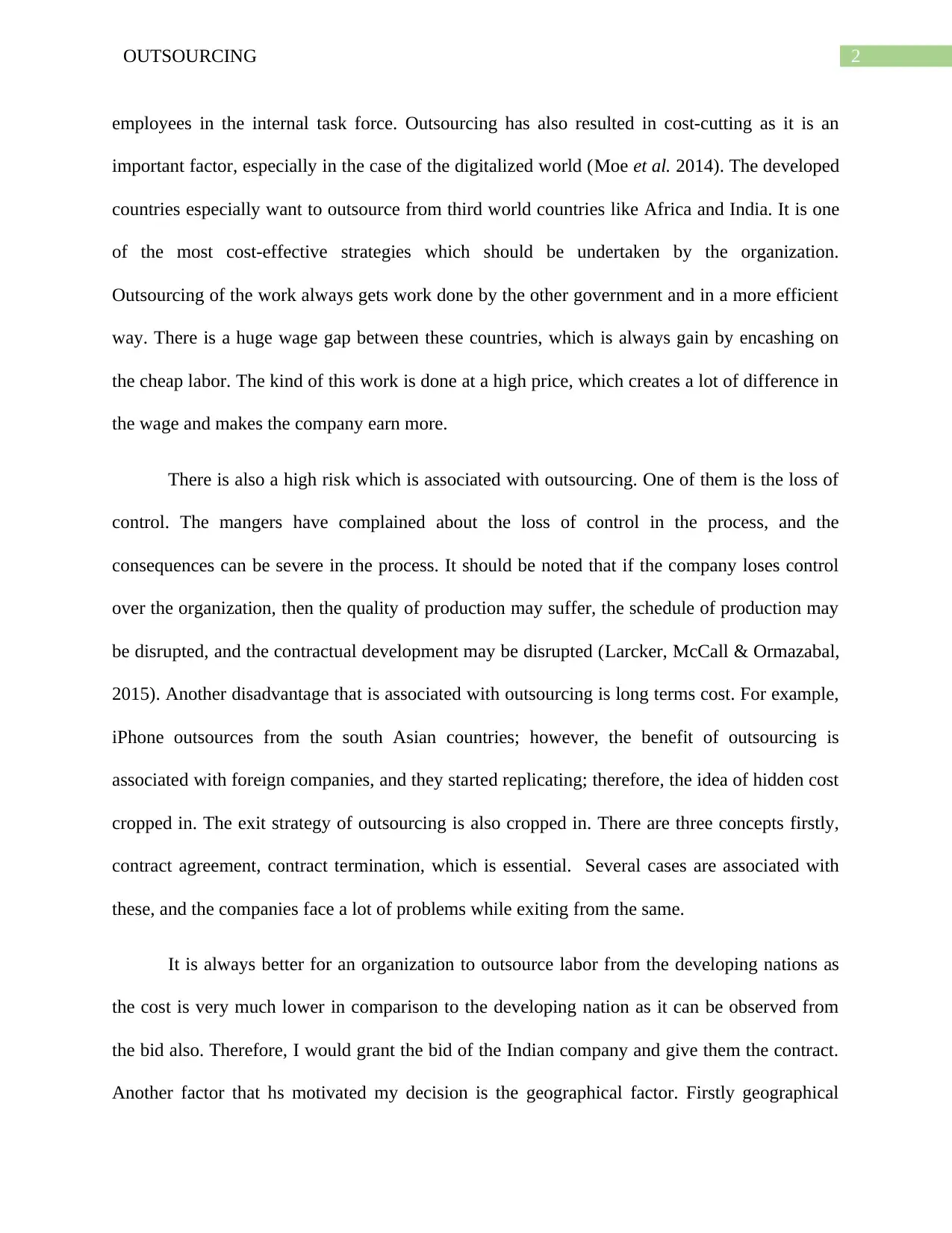

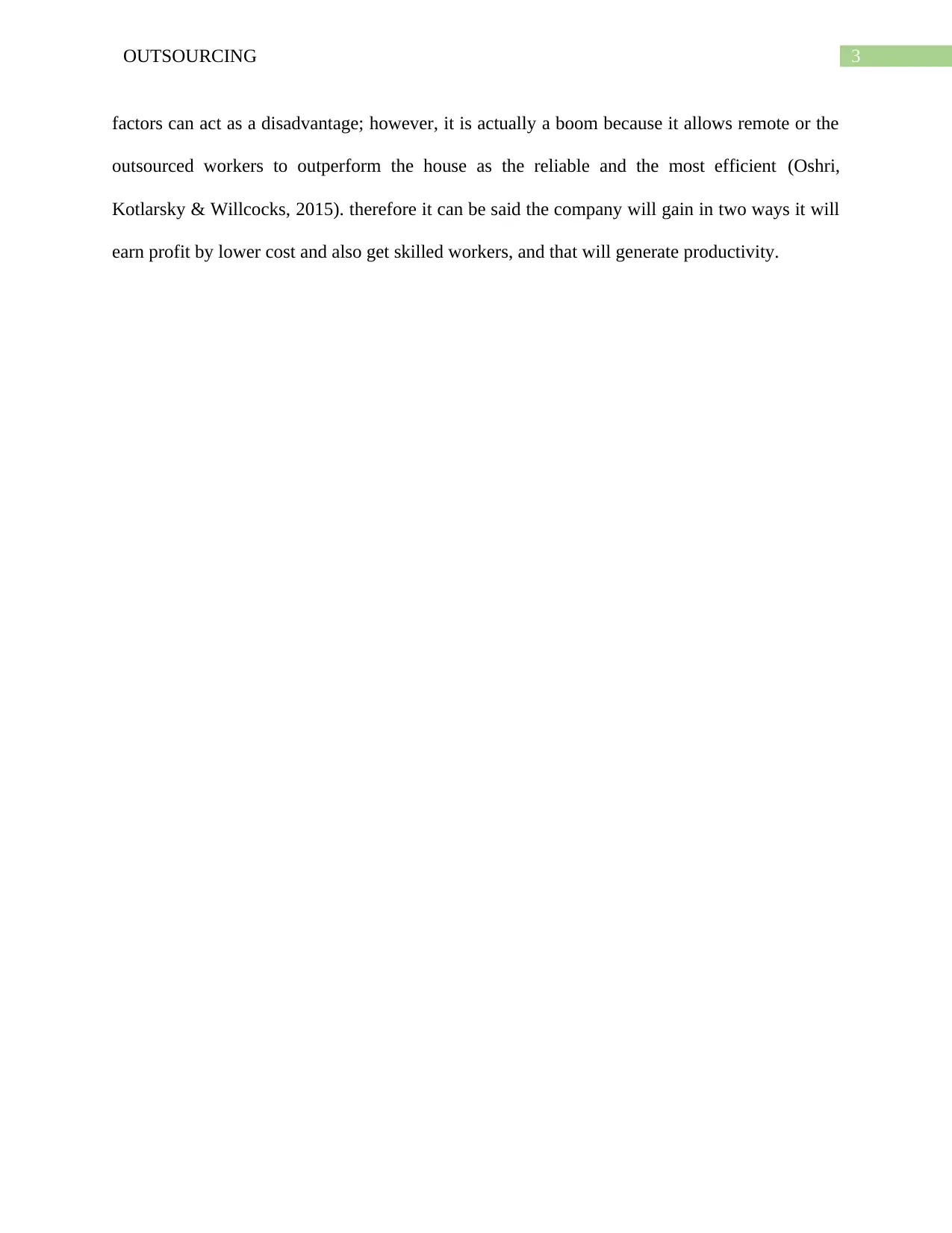
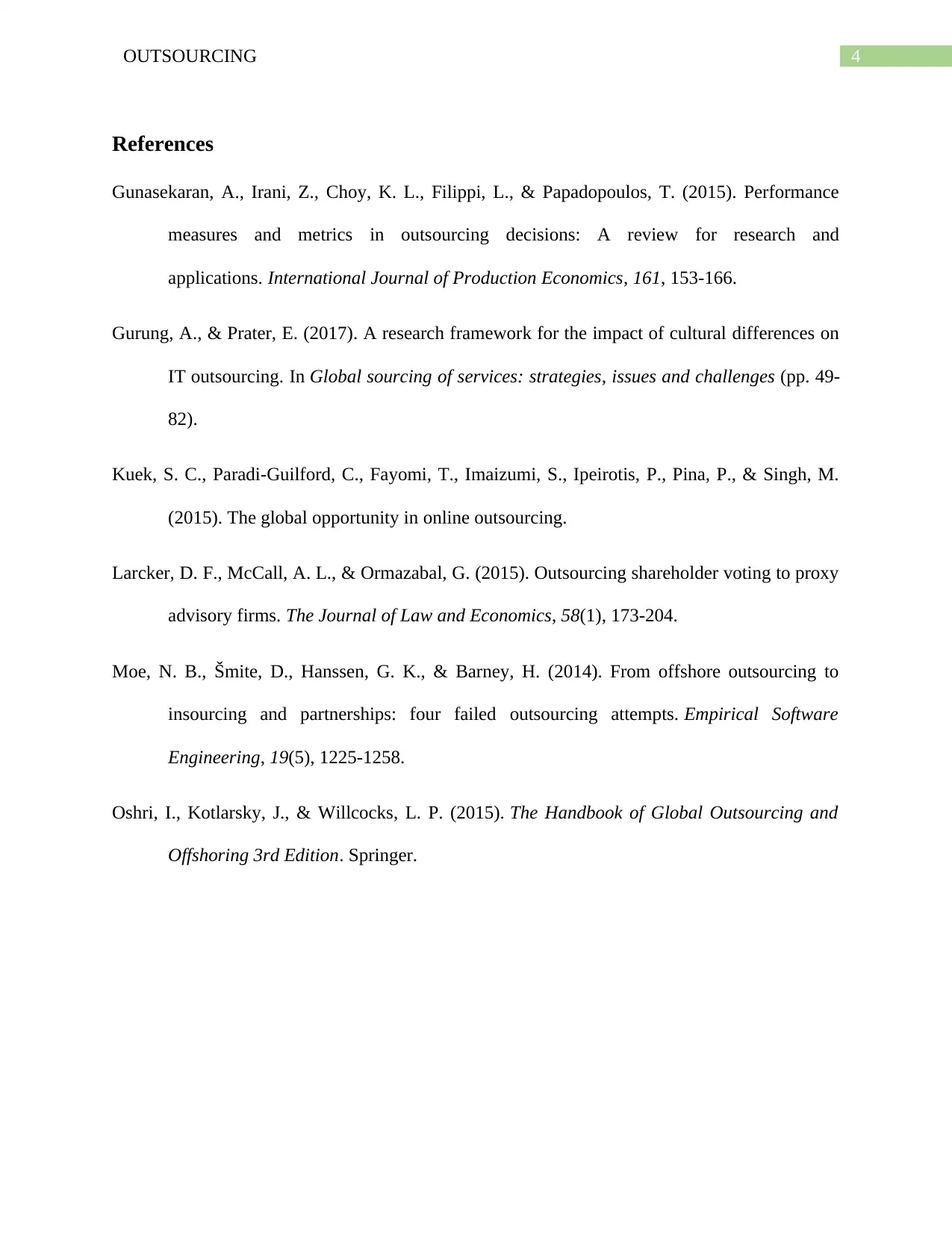






![[object Object]](/_next/static/media/star-bottom.7253800d.svg)